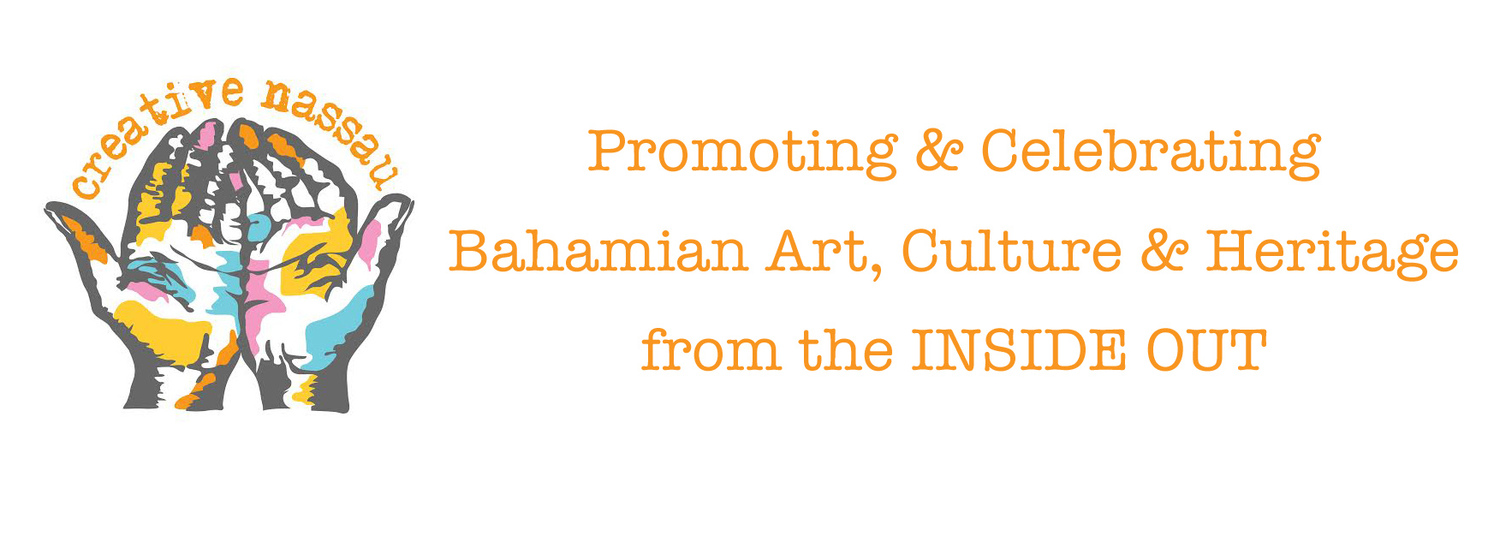Luke Fannin, Editor of the Santa Fe Creative Tourism blog has just posted Part 1 of this story about Creative Nassau after an interview with Co-Founder, Pam Burnside. Watch this space for Part 2 as Creative Nassau's story travels to the world!
To Catch a Stick of Fire: Creative Tourism Journeys to the Bahamas
by Luke Fannin
For more than half a century, nations like the Bahamas have been synonymous with the idea
of the tropical island paradise: white sand beaches, relaxing seaside vacations, palm trees,
cocktails with paper umbrellas... at least in the minds of many Americans and other citizens
of the First World, that is. It’s an image commercial marketers and tourism officials in
Nassau, the Bahamas’ capital city, have heavily promoted since the colonial era, and they
have done so quite successfully--the Bahamas is easily the most prosperous Caribbean nation
thanks in large part to its tourism industry.
But that success has come at great cost, with commercial cruise lines taking over the tourism
market, taking money out of the local economies--as much as 60 cents on the dollar--and
rubbing out the unique cultural elements of popular tourist destinations. “We recently had a
conference in Nassau with six small developing Caribbean island nations,” says Pam
Burnside, owner of Doongalik Studios Art Gallery in Nassau and one of the founders of
Creative Nassau, a flagship creative tourism program in the Caribbean region. “Someone
showed a promotional poster of a palm tree on a sandy beach and asked, ‘Which Caribbean
island do you think this comes from?’ It was actually from somewhere in East Asia. So there’s
this generic mass marketing throughout the region and around the world, not just in the
Bahamas, that has nothing to do with the unique individual islands and nations that comprise
it.”
When Ms. Burnside and her late husband, Jackson Burnside III, founded Doongalik Studios
more than 40 years ago, they did so with a vision of counteracting these external,
homogenizing forces by bringing the dynamic artistic talent of the Bahamian people to the
forefront of their national identity. Their original vision statement is as follows: “By the year
2020, the majority of visitors to The Bahamas will come to experience its Art, Culture and
Heritage rather than its Sun, Sand and Sea.”
For years, the Burnsides worked to affect what change they could, promoting the work of
local artists and artisans with steadfast belief that the overwhelming artistic talent of their
countrymen and women could help to make the Bahamas into an internationally recognized
creative center. Then, in 2008, they attended the UNESCO Creative Cities Network
International Conference on Creative Tourism held in Santa Fe, where they heard the same
message they’d been trying to spread for some four decades. “The message we heard at the
conference resonated so strongly with our Doongalik vision,” Ms. Burnside says. “We realized
how art could help to move tourism forward... so we began meeting with about 20
like-minded people, artists and business owners, and we started talking about how to go about
getting Nassau in the Creative Cities Network.”
The arts heritage in the Bahamas is strong, but commercial tourism marketing has made that
truth seem a well-kept secret. “Being a part of both the business and art communities, I know
that a lot of visitors just don’t have a clue about the level of arts and culture available here,”
says Burnside. “It’s because we’ve never marketed ourselves in that way. So as an artists’
community, we’ve taken it upon ourselves to market ourselves for our art, and the Ministry of
Tourism is finally beginning to understand that this could be another tool for bringing people
into the country.”
Burnside and the Creative Nassau movement believe that two local art forms, straw art and a
unique festival known as junkanoo, are the key elements of their arts culture which will help
to draw the focal point of tourism away from commercial resorts and cruise lines, to the local
culture and people where it belongs. These art forms are the reason they have applied to the
Creative Cities Network as a City of Crafts and Folk Art. And while these arts traditions are
storied and proud, this movement is as much about saving them as it about sharing them
with the world.
........to be continued
